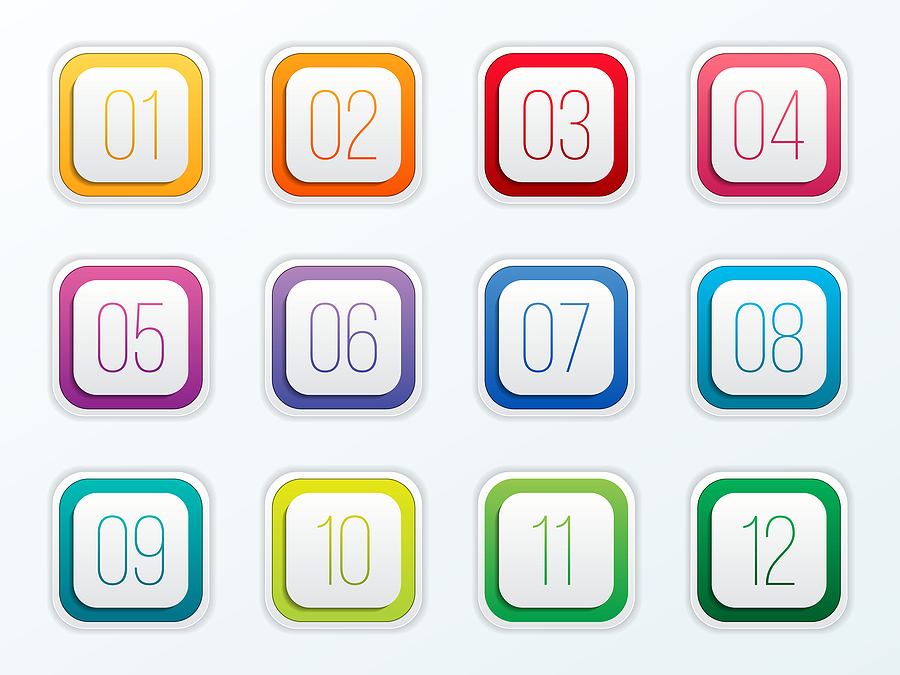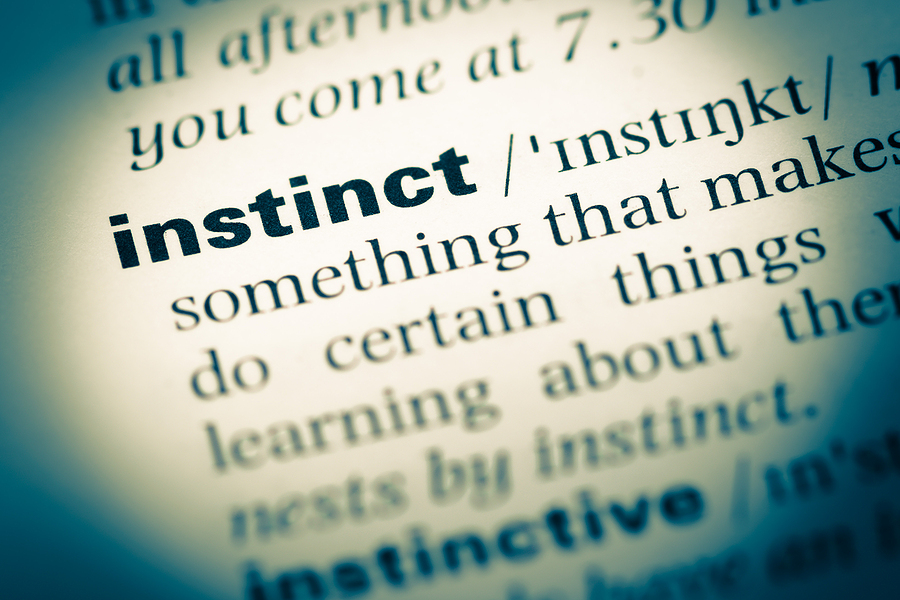The “Your Questions Answered” Series
__________
I was wondering about debut novelists. I think sometimes readers (and writers) are under the misconception that debut novelists are signed with an agent or a publishing house with their first completed manuscript. But the more I read, listen, talk to other writers, I’m learning how rare it is for that to happen. Would you be able to compile an average on how many manuscripts it took for a writer before they were signed by your agency? Or how many completed manuscripts it took before they were able to sign a contract with a publishing house? And if writers have been able to sign with an agent with their first completed manuscript, what set it apart?
Great questions! I’ll confine my comments to fiction.
I can’t offer an agency average, but I can tell you that I wrote at least four or five novels before Barbour published my “first” book. I always stress to writers that no writing is wasted. I learned with each project!
Autobiographical
In reviewing submissions as an agent, I sense that many authors’ first novels are autobiographical. Writing a story based on your life is an excellent exercise to work through emotions and excise hurts. However, you’ll need to move well beyond your life story if you want a career.
Variety
Very few novelists sell the first manuscript they write because they need time to mature and grow in craft. To pursue a serious career as a novelist, I recommend that authors consider filing away that first book and pitching their second or even third novel to agents. Also, show us where you’d like to go with your career by offering ideas for a couple of other projects.
Guidance
One massive benefit of signing with an agent is that we help writers interpret rejection letters. We know how to read those and use that information to encourage or discourage authors regarding particular houses. So, yes, even an author with an agent may need more than one chance with a publishing house.
Persistence
Keep reading, writing, learning, and persisting. Knowledge plus determination are two keys to success.
Your turn:
Do you have an amazing publishing story to share?
How many books did you write before you were published?
If you are waiting to be published, how many books have you written so far?
For the entire series, click here: “Your Questions Answered.”










